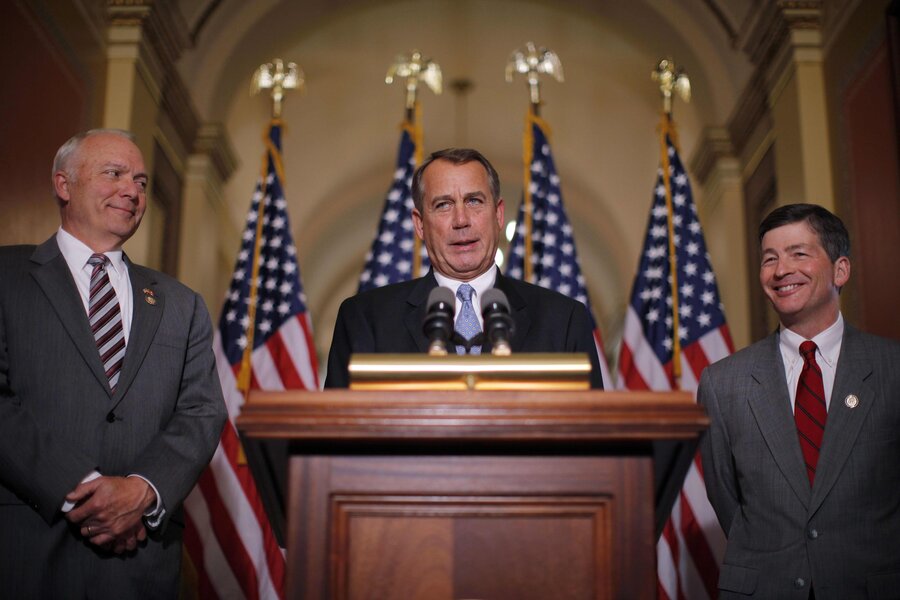In the spring, the House passed a bill to extend the 3.4 percent rate for a year. But it would have taken money from a program covered under the health-care reform law, and President Obama threatened to veto it. In the Senate, proposals to pay for such a fix included closing some tax loopholes for the wealthy.
Since then, House and Senate Republican leaders have proposed new ways to pay for the estimated $6 billion cost of the interest-rate extension – ranging from increasing federal employee retirement contributions to revising the tax threshold for Medicaid providers, Roll Call reports.
“It is the Democrat-led Senate that has failed to act, and the president who has failed to contribute to a solution,” Senate Republican leader Mitch McConnell said Thursday. “The only reason this issue isn’t already resolved … is that the president wants to keep it alive. He thinks it benefits him politically for college students to believe we’re the problem.”
Democrats, likewise, accuse Republican lawmakers of playing politics with the issue.
“If Congress does not get this done in a week, the average student with federal student loans will rack up an additional thousand dollars in debt over the coming year,” Mr. Obama said in an event at the White House on June 20, flanked by college students. “Keep telling Congress … [that] now is not the time to double the interest rate on your student loans.”








